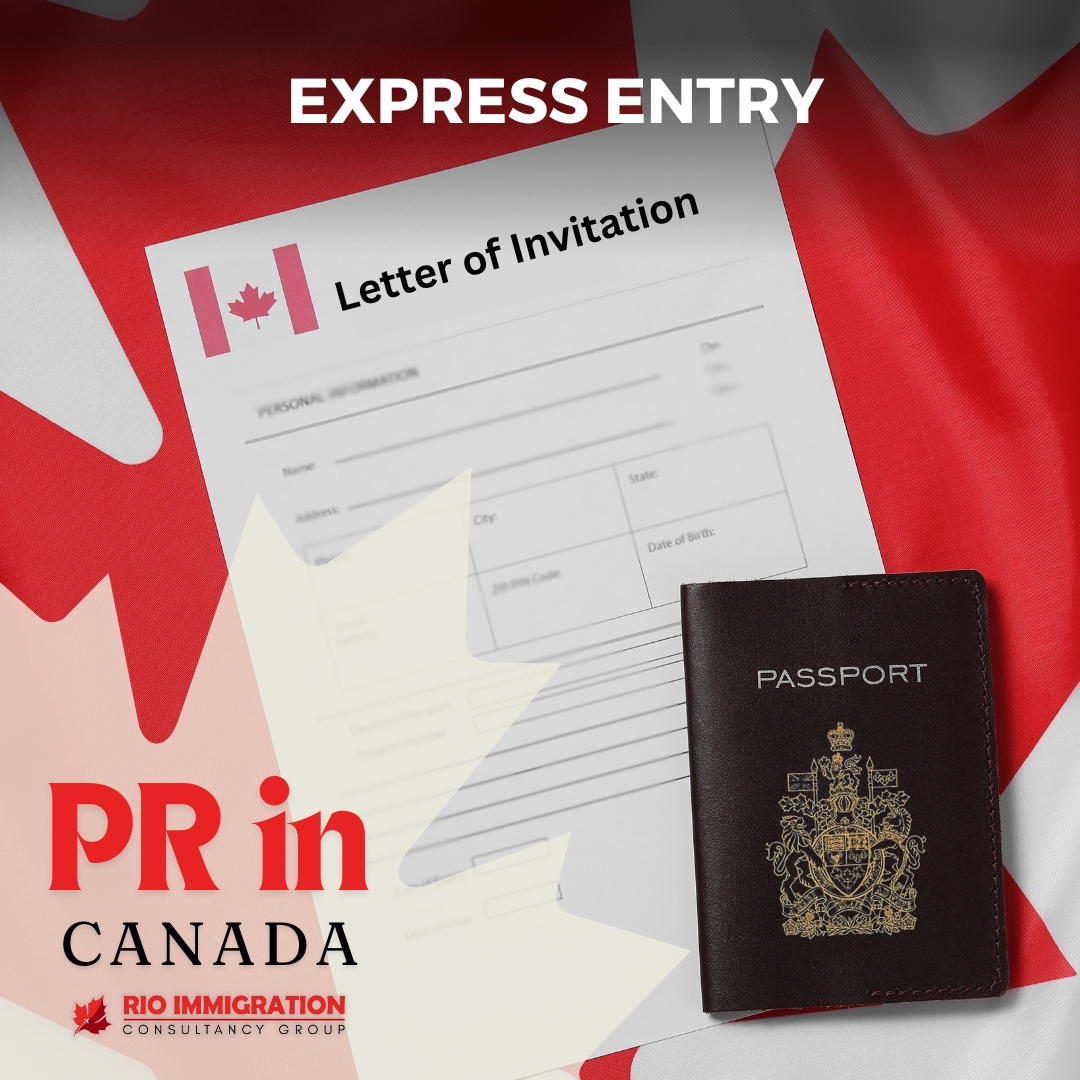
The Express Entry program in Canada offers qualified professionals a quicker route to permanent status. The Invitation to Apply (ITA), which is given to applicants who achieve or exceed the cut-off score in particular draws, is one of the system’s essential elements. The Comprehensive Ranking System (CRS), which is in charge of the procedure, assesses applicants on a range of criteria, including education, job experience, language ability, and skills. Anyone wishing to come to Canada must comprehend how the ITA operates and how to increase their chances of being granted one.
Before you can receive an ITA, you must first qualify for one of Canada’s federal economic immigration programs. These programs include:
1. Federal Skilled Worker Program (FSWP)
2. Federal Skilled Trades Program (FSTP)
3. Canadian Experience Class (CEC)
Each program has specific criteria, including work experience, language proficiency, and educational requirements. Only candidates who meet the eligibility requirements for one of these programs can enter the Express Entry pool.
The Comprehensive Ranking System (CRS)
Once you are in the Express Entry pool, your profile will be ranked using the Comprehensive Ranking System (CRS). The CRS assigns points based on a variety of factors, which are categorized into four main components:
1. Core Human Capital Factors: This includes your age, education, Canadian work experience, and language skills in English or French. These factors are critical in determining your ability to integrate and succeed economically in Canada.
2. Accompanying Spouse or Common-Law Partner Factors: If you are applying with a spouse or common-law partner, their education, language ability, and Canadian work experience will also contribute to your CRS score.
3. Skill Transferability Factors: This component assesses your education and work experience in conjunction with your language skills or Canadian work experience, ensuring that you have the potential to thrive in the Canadian labor market.
4. Additional Points: These are awarded for factors such as a provincial nomination, a valid job offer in Canada, previous study experience in Canada, having a sibling in Canada who is a citizen or permanent resident, or proficiency in French.
The maximum CRS score is 1,200 points. The Immigration, Refugees, and Citizenship Canada (IRCC) periodically conducts draws, and candidates with scores above the cut-off in a given draw receive an ITA. Once you receive an ITA, you have 60 days to submit a complete application for permanent residence, making it crucial to be prepared with all necessary documentation.
Accepting, Declining, or Letting an ITA Expire
Once you receive an ITA, you have three options: accept it, decline it, or let it expire.
1. Accepting an ITA: If you choose to accept the ITA, you must submit a complete and accurate application for permanent residence within 60 days. This application should include all necessary supporting documents. After submission, you will receive an Acknowledgment of Receipt (AOR), confirming that your application is under review by IRCC. The goal is for IRCC to process your application within six months.
2. Declining an ITA: If you decide not to proceed with the ITA, you can decline it. Doing so will place your profile back in the Express Entry pool, allowing you to be considered in future draws. Declining an ITA does not negatively impact your chances of receiving another ITA as long as you remain eligible.
3. Expiration of an ITA: If you do not respond to the ITA within the 60-day window, it will expire. In this case, you must re-enter the Express Entry pool if you still wish to pursue Canadian permanent residence. However, you must ensure that you continue to meet the minimum eligibility criteria of the federal economic immigration programs.
Essential Documentation for ITA
When you receive an ITA, preparing the required documents in advance can help you meet the 60-day deadline. Essential documents include:
– Valid passports for all applicants
– Birth certificates
– Language test results
– Work experience documents
– Police clearance certificates
– Medical examination receipts
– Recent passport-sized photographs
Depending on your specific circumstances, you may also need to provide additional documents such as educational credentials, proof of family relationships in Canada, proof of settlement funds, and legal documents for name changes. Ensuring that all documents are complete, accurate, and translated into English or French if necessary, is crucial for a successful application.


